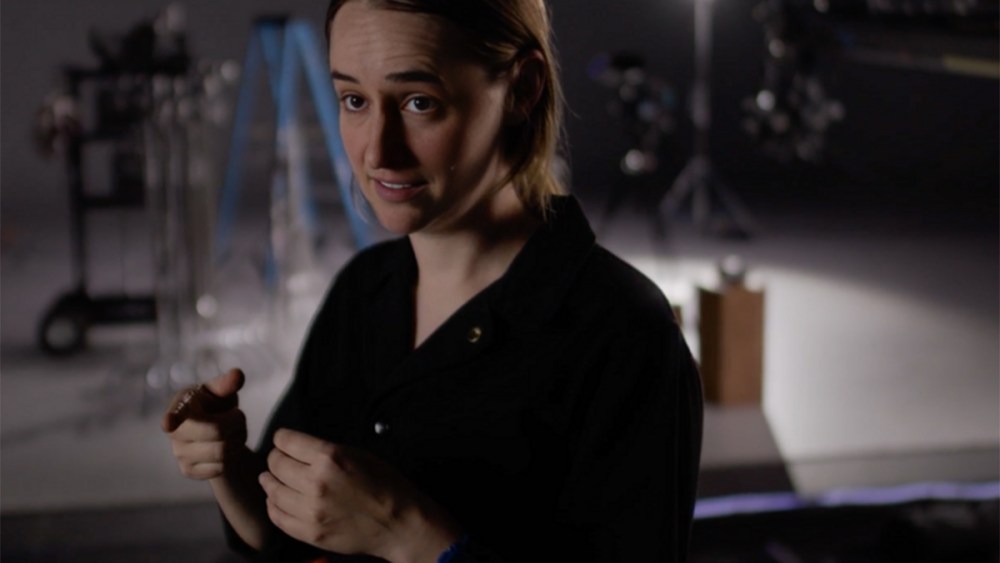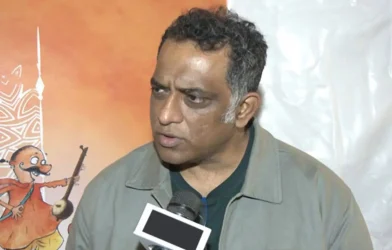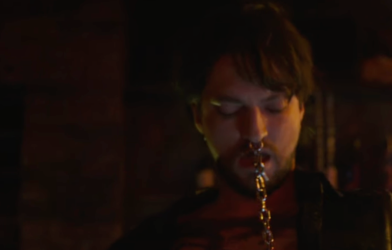
Tribeca
Hollywood huckster Zach Avery is the subject of a scattered film, premiering at Tribeca, that’s more concerned with self-reflexivity than storytelling.
“Bad Actor: A Hollywood Ponzi Scheme” centers on an immensely interesting subject — financial fraudster and D-List actor Zach Horowitz, a.k.a. Zach Avery — but ends up telling his tale in uninteresting ways. The film draws its various techniques from far better and more accomplished documentaries, resulting in a multifaceted, mixed-bag approach that never clicks, thanks in large part to how the movie chooses to reveal information.
Director Joslyn Jensen appears on-screen early into the runtime and becomes a primary character in the film. She’s as much a subject as Avery and his various victims — people he befriended over the years and scammed out of millions of dollars. But Jensen is also a deeply uninteresting focal point who takes up far too much of the screentime. By centering her to the degree that it does, “Bad Actor” becomes a film about process on multiple fronts.
On one hand, the doc is about the ways Avery duped the people in his inner circle. As a bad-to-decent actor who just wanted to be on-screen, he paid his way into minor roles and eventually fabricated distributions contracts with heavy-hitters like Netflix, resulting in a lengthy Ponzi scheme that the film explains in detail. On the other hand, “Bad Actor” is also deeply concerned with presenting and explaining its own methodology, though this usually results in setting artistic targets it fails to hit.
Jensen, at one point, explains that Avery’s self-produced movies can be used to mirror his crimes, and act as subconscious confessions. However, the film rarely takes advantage of this promise. It’s essayistic in spurts, drawing from footage of well-known Hollywood productions like “Glengarry Glen Ross” and “The Wolf of Wall Street” in order to hammer home Avery’s drive and deceptions, but it seldom uses Avery’s own work as an explaining tool. Instead, Jensen usually appears on screen to give the details of Avery’s crimes to the camera (or have the basics of a Ponzi scheme explained to her), placing “Bad Actor” somewhere in the realm of a poorly-produced YouTube video essay.
Along the way, various subjects mention a difference between “Zach Horowitz” and “Zach Avery,” as if there were two distinct sides to this person — the man and the mask, perhaps — but at no point does anyone explain their thoughts on this distinction. Rather than seeding key information, or setting up reveals about Avery, “Bad Actor” simply has Jensen casually mention what ought to be major revelations, like the result of the case, or the status of Avery’s marriage. There’s no build, no rhythm and no intrigue to the way information is divulged; it’s as dry as a Wikipedia page.
Avery himself has a somewhat mysterious presence in the doc (through photos and archival footage), and there’s an alluring technique involving casting real actors with connections to the subject for re-creations. This process is a key part of the movie too, wherein numerous performers are interviewed about their thoughts on Avery and on other people in his life. But despite hiring an entire cast of characters, the film seldom makes use of them in dramatic retellings. The real purpose of this rigmarole appears to be getting the actors’ thoughts on Avery, his wife and his victims in the vein of “Casting Jonbenet,” Kitty Green’s stellar true crime doc about the Jonbenet Ramsey case. That doc’s entire M.O. revolved around analyzing what various neighbors entrenched in gossip brought to the story through their interpretations. “Bad Actor” makes no such overtures and ends up having non-experts with no connection to the crimes or victims opine without any insight.
All this eventually leads to a big reveal about the film’s production, which can technically be compared to Bart Layton’s “The Imposter” — it’s meant to make audiences question who they trust and whether they too would’ve been fooled by Avery’s schemes. But so much time is spent building this ruse that “Bad Actor” builds little meaningful curiosity in the process. Its rug-pull ends up being more of a carpet wrinkle, yielding little more than a shrug and a “So what?” rather than the intended introspection.









